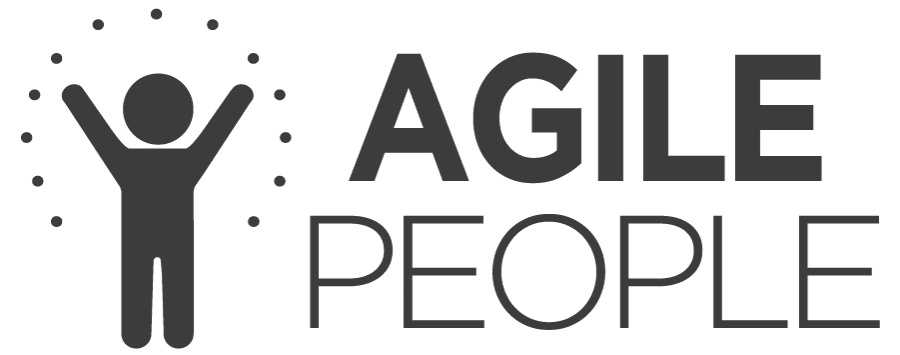
Idag förväntar sig medarbetare mer från sin arbetsgivare än bara en bra lön. Alla motiveras av helt skilda saker och vill bli sedda som den man är och behandlad därefter. Oavsett om du är en agil coach, linjechef, konsult eller har någon form av HR-roll (specialist, administratör eller HR business partner) så behöver du förstå hur strategi, strukturer och processer, metoder och kultur behöver förändras när du arbetar i ett företag som vill arbeta enligt agila värderingar och öka anpassningsbarheten till externa förändringar på marknaden och i världen.

Innan du startar den här kursen, gå igenom listan på saker att göra innan första kurstillfället (session F1). Du hittar listan under titeln “Före” i den första sessionen för Fundamentals kursen.
Du kan också ta en titt på våra förslag på hur vi kan arbeta effektivt i online utbildning via vårt TEAM AGREEMENT & PRACTICALITIES
Ratings and Reviews





